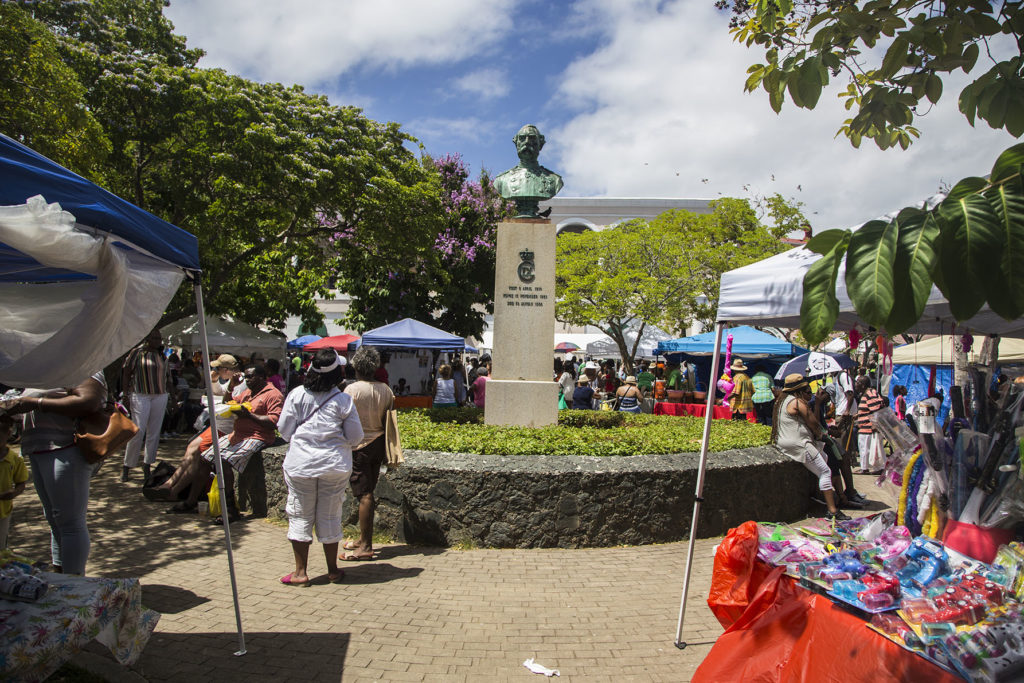
“That is the way it is with a wound. The wound begins to close in on itself, to protect what is hurting so much. And once it is closed, you no longer see what is underneath, what started the pain.” ― Amy Tan, The Joy Luck Club
The murder of George Floyd and the protests that followed have forced governments and institutions, both private and public, to take a hard and painful look at many aspects of American society.
But it is not just the present they are being forced to face; it is also the past. Historical wrongs, people and symbols worshiped and honored for decades or centuries, are finally being recognized as offensive, disrespectful and in direct contradiction to the values of the nation.
During the last few weeks, statues and paintings have been removed around the world.
In the U.S. they have tumbled from parks and from federal and state buildings, the confederate flag banned from public displays, the name of a football team changed, even one state changed its flag and another is changing its name in response to this movement. Racist images in commercial food brands Aunt Jemima and Uncle Ben’s are gone as well.
The Virgin Islands also needs to address its symbols, statues and names of public spaces to make sure that they represent the values of the territory, and that they honor those who came before and sacrificed so much so that their descendants would have a better life.
If slavery and the destruction of complete societies in the name of profit was, and is, wrong, then the individuals and nations responsible for such actions cannot be honored and praised. Neither should honor be granted to those that, through their racist beliefs, perpetuated the ideas of superior and inferior races, and turned such ideas into laws.
Without a coherent historical narrative as a foundation, it is difficult to build a healthy society.
How can moral, civic and ethical values be taught and expected from future generations while we hold a different set of standards for historical characters and events? How can we resolve the violence in the present while honoring the memory of those violent people that enslaved and killed the ancestors of most Caribbean people? These people and governments are responsible for the vicious cycle of ancestral trauma passed down through generations and suffered by so many in the Americas and around the world.
To create a coherent narrative the people of the territory can start by addressing the obvious, as is being done in the continental U.S. Look at the names and history of streets, parks, statutes, public and private buildings, sports teams, flags, etc., and based on the historical record decide if the person or name depicted, if what the symbol means and represents, deserves to be honored or not. The pain and suffering from the past will not be changed, but the present needs to be healed, and facing the past is always a good start.
Here are some suggestions of what can be done. Some are simple, others would require more time and the full participation of Virgin Islanders.
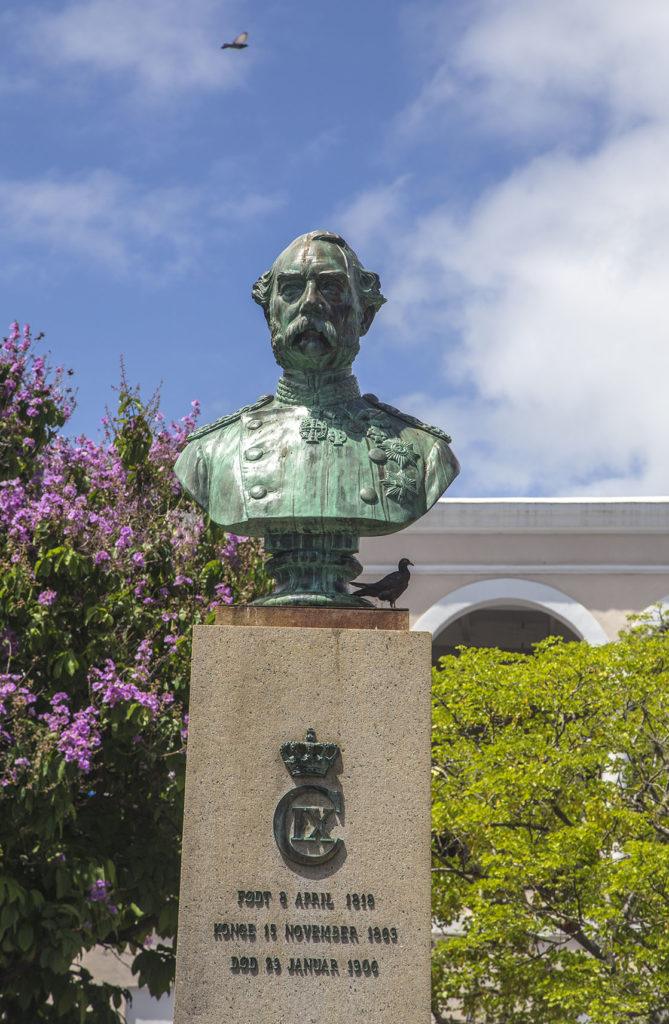
1 – Remove the bust of King Christian the IX of Denmark from Emancipation Garden
He was an anti-democratic ruler and was king of Denmark in 1878, the year of the Fireburn on St. Croix. It was under his rule that Queen Mary Thomas was put in prison in Denmark and that dozens of heroes of the Fireburn were put to death. No king should be honored in a Virgin Islands park, particularly one named Emancipation. His bust could be placed inside Fort Christian as a historical relic.
2 – Rename anything with the name Drake on it. Drake’s Seat, Drake’s Passage, etc.
Francis Drake was a pirate for the English Crown and an early slave trader. Together with merchant John Hawkins, a relative, Drake made several trips to Africa between 1561 and 1567 and participated in the triangular trade. During their first trip, they reported capturing “at the least” 300 Africans in Sierra Leone through a campaign of destruction and violence. As late as the 1580s Drake enslaved people during his trips through the Caribbean. In one instance he took “300 Indians from Cartagena, mostly women” as well as “200 negroes.” In Marin County, California, Drake’s statue will be removed and the name Francis Drake Boulevard will be changed.
3 – Stop honoring the “Seven Flags”
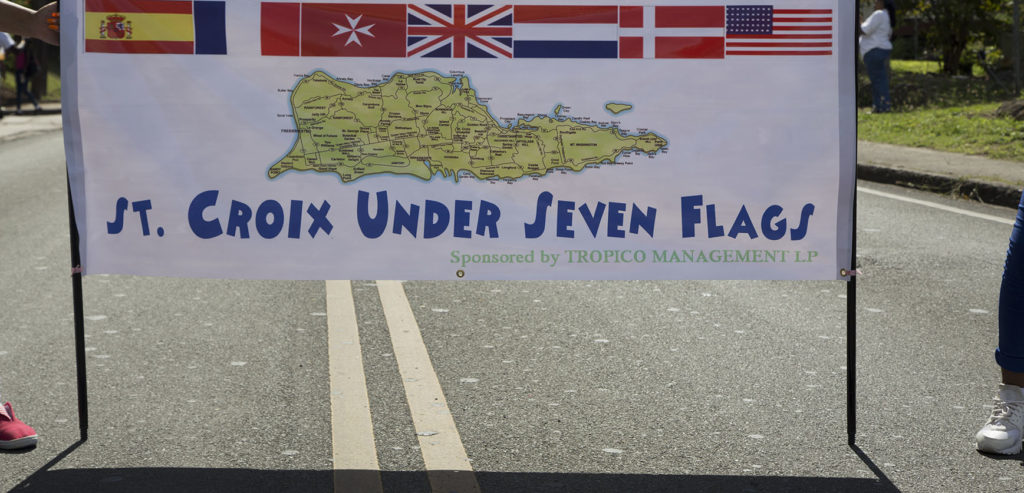
Books, tourist brochures, websites, an article in the booklet for the centennial of the Transfer, even a children’s Carnival troupe, reflect a dysfunctional sense of pride in having these conquering, colonial and enslaving European nations fly their flags over the islands. Children and adults need to be taught who the people representing those flags were, why they came to the islands and what they did, not honor them in a way so disconnected from reality. The majority of today’s Virgin Islanders are not proud descendants of the people from the countries represented by six of those flags. To dress Virgin Islands children for Carnival, most of them of African descent, as little conquerors from Spain, France, Holland, England, the Knights of Malta and Denmark as was done in 2017 is a travesty. Other cultures and countries have contributed to the formation of today’s Virgin Islanders much more than the ones represented by six of the seven flags; Ghana, the United States, Puerto Rico, St. Barths, Ethiopia, Trinidad & Tobago are some examples. Any flag representing the nations of the Greater and Lesser Antilles is more meaningful in positive ways to Virgin Islands culture and history.
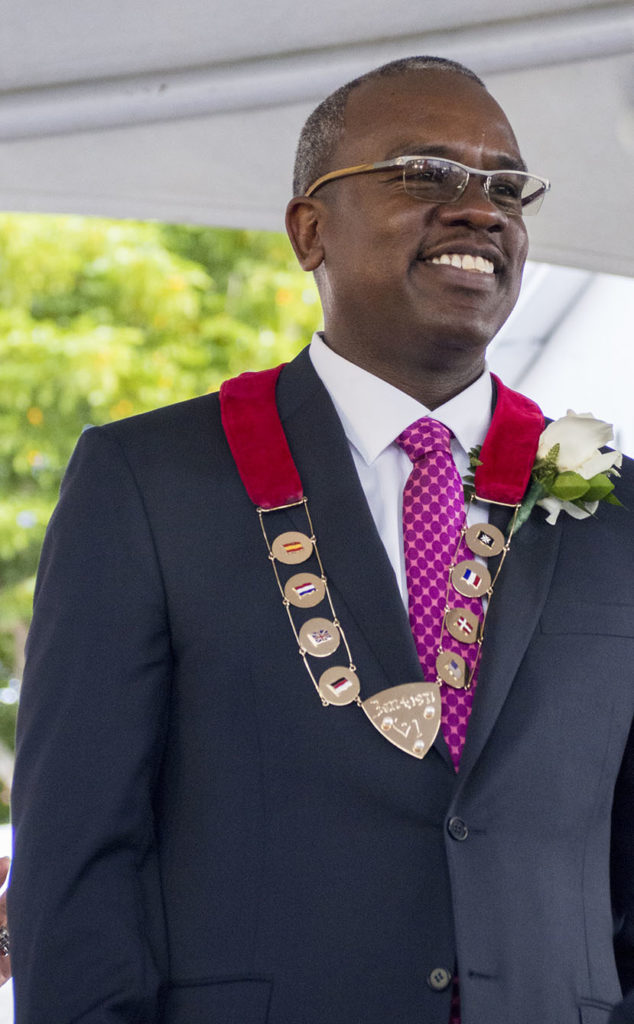
4 – Design a more appropriate Symbol of Office for the Governor of the Virgin Islands
That the democratically elected Governor of a U.S. territory would select as their symbol of authority a chain of ribbon and metal depicting the European flags of the countries that conquered the territory and enslaved its people does not make sense. The United States had six flags flown over parts of its present-day territory; Spain, England, Holland, France, Mexico and Russia, but you will not find any of them honored at the state or national level. A new symbol of office should be designed representing democratic values and the people’s centuries-long struggle to achieve the right to elect their own governor.
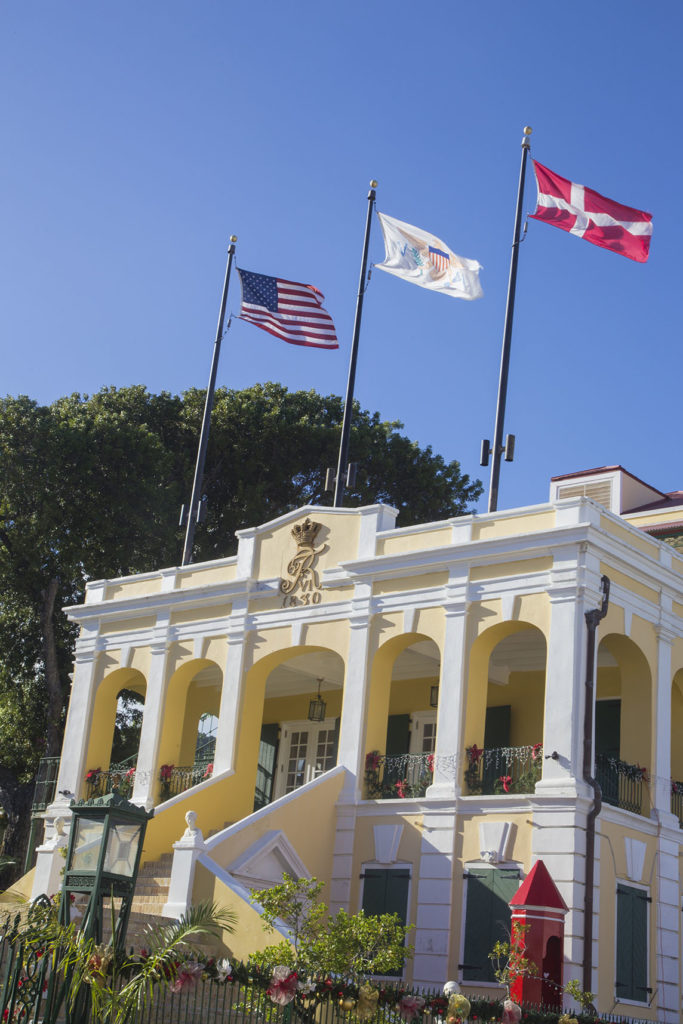
5 – The Danish flag should not fly over government buildings, and private institutions should reconsider if they should display it
According to the U.S. Flag Code (8:J) the flag represents a living country and is itself considered a living thing. The Danish flag represents both present and past Denmark. The country remains a monarchy. Queen Margrethe II of Denmark is the descendant of the oldest continuing royal line in the world tracing her heritage back a thousand years. This is the same flag that flew over the Danish West Indies during the years of slavery. The same family that ruled Denmark then still rules the country. Nothing against present-day Danes, who should be welcomed as visitors with open arms, but their flag has no reason to be honored in the U.S. Virgin Islands.
6 – Names of streets, public buildings and geographical sites should be studied and if appropriate, renamed
7 – History books should be revised
If new information about historical figures unearths their participation in the slave trade or their contribution to enacting racist laws or promoting racism, the facts should be included in history books and other publications regarding Virgin Islands history. Special attention should be paid to the Danish colonial period and to the governors during the Navy administration years. Indigenous Virgin Islands/Caribbean history should also be addressed, and when necessary revised. The Eurocentric and racist stories of peaceful Arawaks/Tainos and savage cannibal Caribs have been debunked, and a much more interesting and complex history based on new archeological information has taken its place.
8 – Consider changing the names of towns and cities
That would include Cruz Bay, Charlotte Amalie, Frederiksted and Christiansted. Perhaps in Europe those names are appropriate, but the legacy of genocide and exploitation left in the Virgin Islands and the rest of the Caribbean by those that gave towns and cities names in honor of their own cultures and values should not be celebrated. And, again, it does not make cultural, social or moral sense to keep the names as tribute to the colonizers while teaching our children that slavery, genocide and conquer by force are as wrong today as they were centuries ago. Frederiksted deserves the official name Freedomcity or Freedomtown; it earned it with blood.
9 – Design a new V.I. flag
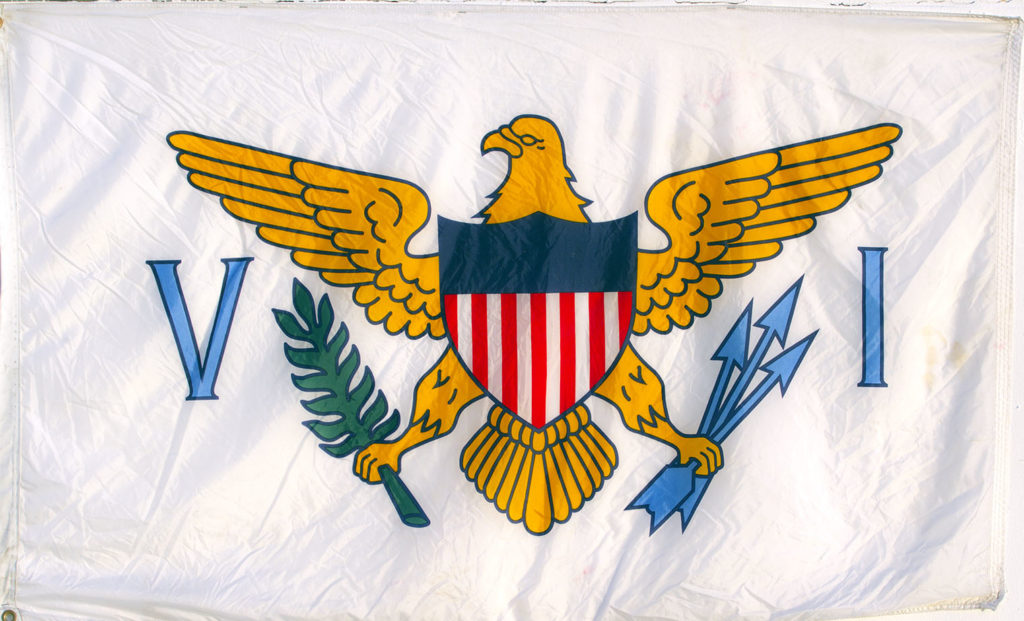
The present flag, designed by U.S. Navy serviceman Percival Wilson Sparks, a cartoonist, by order of Navy-appointed governor to the islands Rear Admiral Summer Ely Wetmore Kittelle, has great sentimental value for many, particularly for the living relatives of those involved in its design and confection, but its history leaves much to be desired.
It was adopted in 1921 when the Virgin Islands were under all-white Navy occupation and during one of the country’s and the territory’s most racist periods of the 20th century. The flag is a blunt statement emphasizing the islands’ colonial status and the absolute authority and power of the federal government and the U.S. Navy over them. Secretary of the Navy Josephus Daniels was a white, Southern ultra-racist who’s statue was just taken down in South Carolina.
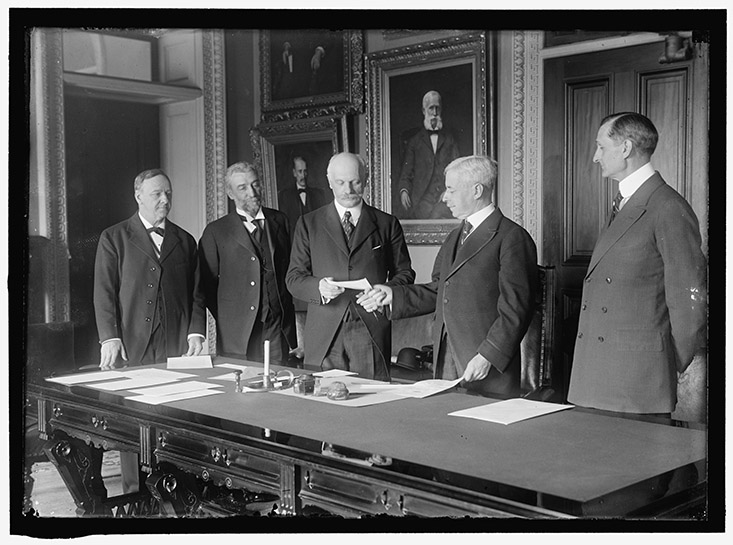
Navy Governor Kittelle, who commissioned the flag, was a white supremacist who wrote to President Warren G. Harding regarding the Virgin Islands, “above all the white element must remain in the lead and in supreme control.”
The flag, designed with no input from the citizens of the territory, was imposed on them, not chosen. It is a simple copy/imitation of the Great Seal of the United States and the Coat of Arms of the Federal Government with some modifications and color variations.
Secretary of the Navy Daniels’ boss, President Woodrow Wilson, another Southern white supremacist, segregated the federal government, setting back the progress of thousands of Black Americans by decades. His name was just removed from two buildings at Princeton University because of his ideas and actions on racial matters.
The flag of a nation, state or territory should represent its people, culture and history. The present flag represents a completely different set of values. Virgin Islanders deserve better.
10 – Create a Virgin Islands currency
Imagine instead of Washington, Jefferson and Jackson (all owners of enslaved people) on the currency used in the territory to see bills with the faces of David Hamilton Jackson, Edith Williams, Governor Evans, Ruby Rouss, Rothschild Francis, the Three Queens, sea turtles, bananaquits and yellow elderflower. Cultural heroes and images, representative of the Virgin Islands at their best.
It can be done, it is one hundred percent legal and very successful in the communities that have implemented it. Many cities and towns in the U.S. mainland have designed their own currency and use it as legal tender within those communities. The most famous is the Berkshare, which is used in Great Barrington, Massachusetts. Berkshares Inc., even helps other communities with the technical process of creating their own legal tender. And of course, when needed, the V.I. currency could be exchanged back for U.S. currency at participating banks.
Finally:
11 – Rename the three main islands and the territory
The name you receive, the name you give your children is important. It is the same with the name of the land where you live. Many countries have changed names to better reflect the identity of its people. The citizens of the territory deserve to name the islands where they and their ancestors live, work and die. It has been over one thousand years since the people that lived in these islands named them.
Columbus named St. Croix Santa Cruz disregarding Ayay, the previous name of the island, and named all other islands and cays Islas Vírgenes claiming them for Spain, as he sailed by.
Mystery surrounds the origin of the names St. John and St. Thomas.
The Danes arrived and named the archipelago the Danish West Indies (Danish West India Islands), claiming them for Denmark, and the name remained for over 200 years. The United States bought the islands in 1917 and named them the Virgin Islands of the United States over the wishes of the people living on them who had selected a different name.
On March 1, 1917, a large group had gathered on St. Thomas to discuss possible names for the islands. They did not like a name making the rounds in Washington, Dewey Islands. They chose the American Virgin Islands. The group was probably very confident that it would be accepted. Six years before, Secretary of the Navy George von Lengerke Meyer, under President William Howard Taft, had asked the people of Guam to choose a name for their new territory. Local leaders picked “American Samoa” and on July 7, 1911, the name was approved by the solicitor general of the Navy and the American governor proclaimed it as the new territory’s official name. Sadly, no such respect was granted by President Wilson and Secretary of the Navy Daniels to Virgin Islanders. Instead, the name Virgin Islands of the United States was imposed on them. This was no innocent decision. The name fits perfectly well the president and his Cabinet’s Southern white supremacist racial ideas. A Cabinet, as per historian Morton Sosna, filled “with men whose racial views were Southern in the narrowest sense.”
By adding the possessive “of the United States,” Wilson and company were telling the people living in the only American state or territory in the Union with a majority population of African descent “we own you.” There is no Hawaii of the United States, or Guam of the United States, only the Virgin Islands’ full name expresses that status of belonging to someone. The people of the territory should select meaningful names representative of the islands and their culture.
These baptisms, these cleansing of names and symbols representing so much past evil, can have practical, tangible positive results. To reclaim the past, to rename the world in which you live is empowering, it is to own it, and with ownership comes responsibilities and also opportunities.
Perhaps once the territory has a coherent historical narrative, the people will feel that just as they own the past they also own the present and that even as a territory of the United States, with all the advantages and disadvantages that the status carries, the future can be shaped by their decisions more than they imagine.
Mario Picayo is a cultural activist, writer and publisher. He is responsible for bringing to readers dozens of children’s and young adult books by Virgin Islands authors including two historical novels. His work in the Territory related to cultural and literacy initiatives spans several decades. He is presently working on an illustrated history of the Virgin Islands from 1917 to the present. Mario resides in New York and St. Thomas.





